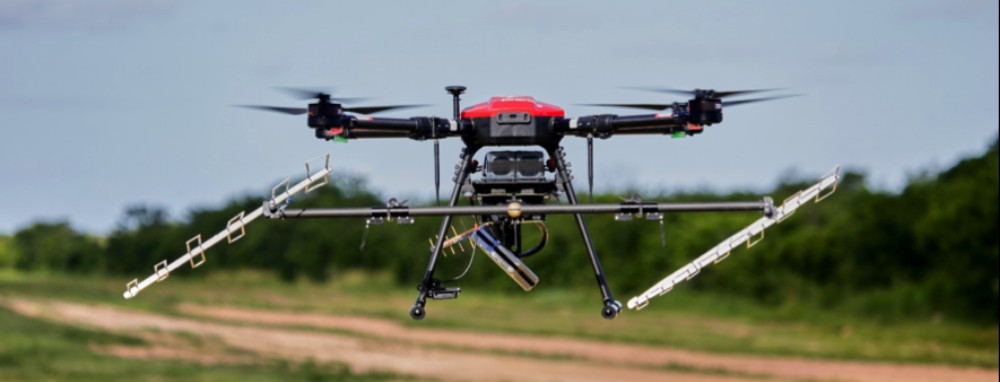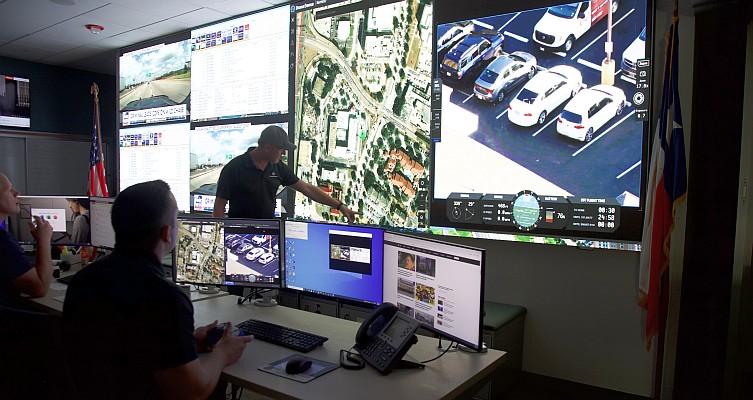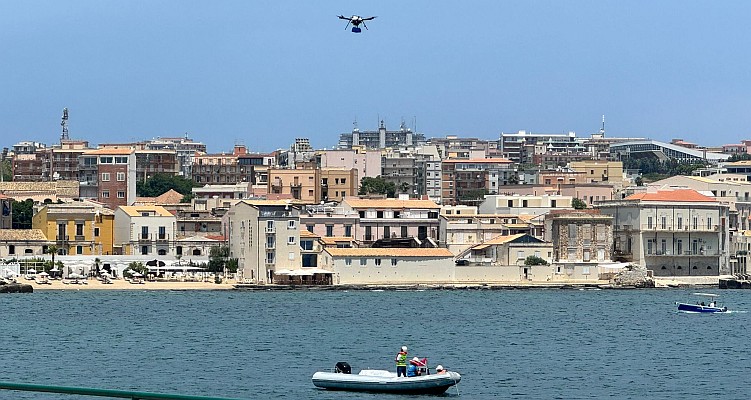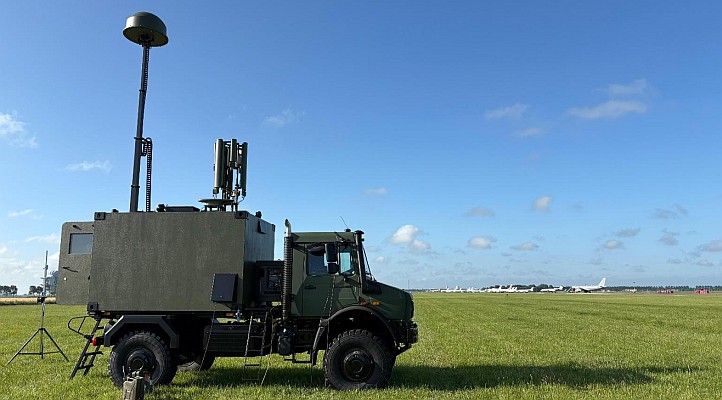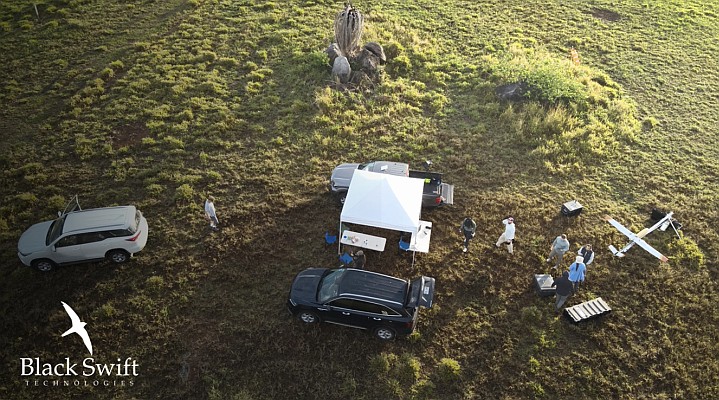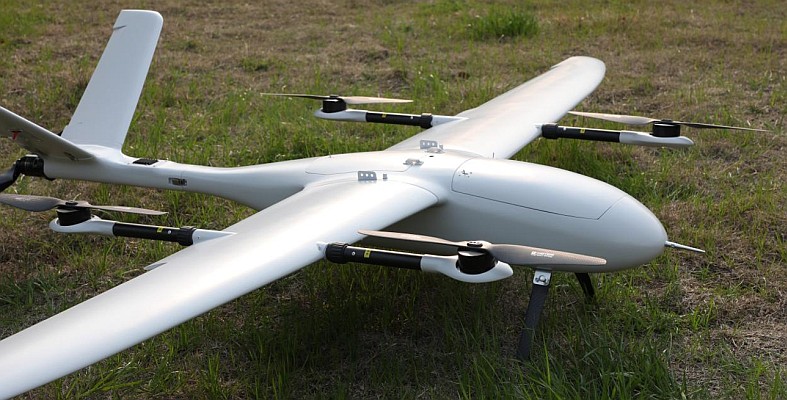Brazilian companies Radaz and SkyDrones are finalizing the integration of their products. Radaz is the developer and producer of the 3-band radar system called Explorer and Keeper RD 350, and SkyDrones develops and produces the Pelicano R3 RPAS. Explorer and Keeper RD350 are the only “small drone” airborne 3-band radars in the world with applicability in several segments, including R&D. The Pelicano R3 is a 25kg class RPAS, adapted to carry the 5kg radar array for automated survey missions.
Radaz and Skydrone’s goal is to make the first fully integrated commercial systems available to the market as early as January 2022.
Radaz is a Brazilian technology company, founded in 2017, and has since been working with SkyDrones on the development of radar flight plan applications. This long alliance will ensure the success of this newest development.
The Pelicano R3 RPAS, originally aimed at agricultural and industrial forest application, was modified to meet the requirements of the RD350 radars regarding items as mechanical integration, balance, electromagnetic requirements of the radar with its 6 antennas, communication, and flight programming.
This new system will guarantee a flight autonomy of the Explorer and Keeper radars greater than 80% when compared to DJI´s Matrice 600, being able to reach daily measurements that go beyond 500 hectares, since the Explorer and Keeper radars do not depend on sunlight for their measurements.
SkyDrones Pelicano
The 25kg Pelicano Crop Spraying RPAS in operation since 2019 with over 4.000 flight hours, is the base of the Pelicano R3 platform making it an excellent choice for airborne sensors like this specific application. It is a water-resistant platform able to fly day and night.
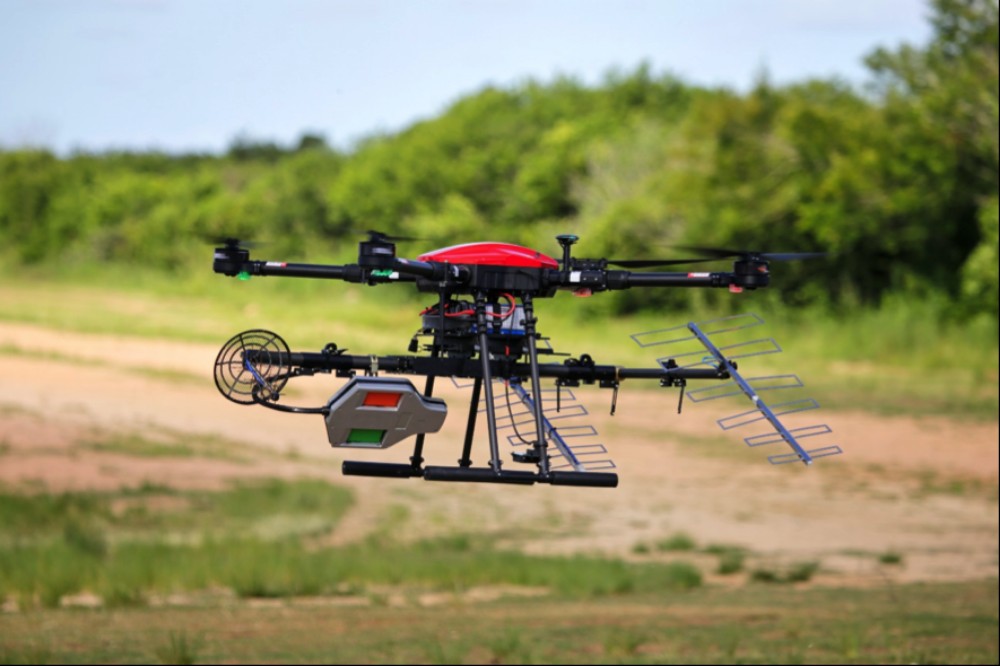
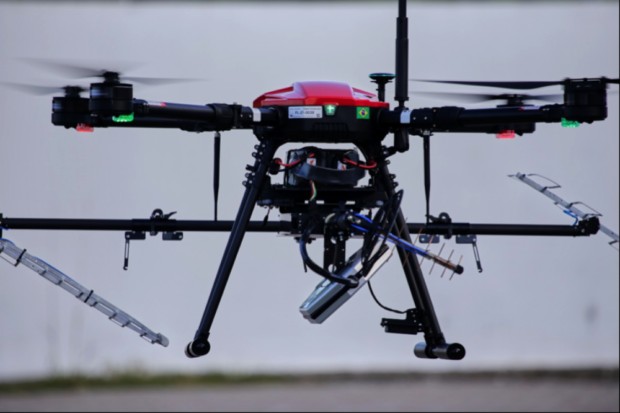
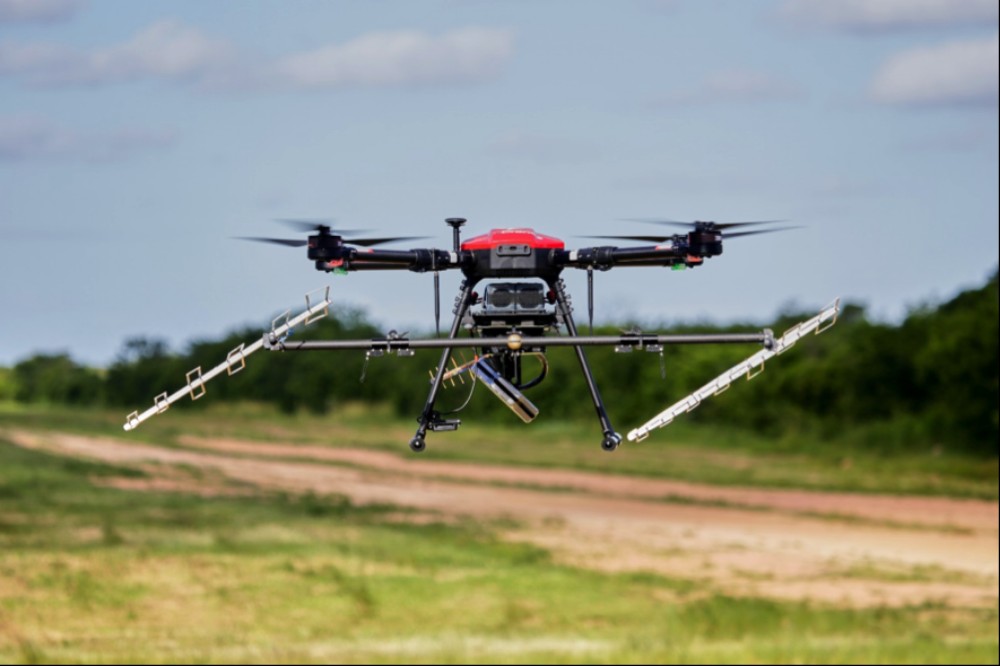
The R&D Explorer RD350 product family was developed as a working tool for universities and research centers. It is a turn-key system that operates with P, L and C bands simultaneously. In addition, it allows the operator to make his own data acquisition and processing.
• C-band 1-pass interferometry for surface model calculation;
• 1-pass interferometry in the P-band for terrain model calculation;
• Differential interferometry in the P, L and C bands to measure subsidence even with vegetation cover;
• Classification of targets and ground using polarimetric P, C and L bands;
• Helical flights in P, L and C bands for tomography.
Figure 1 shows an image in band L obtained through a circular flight. Image sampling is 3 cm and nominal resolution is 6 cm.
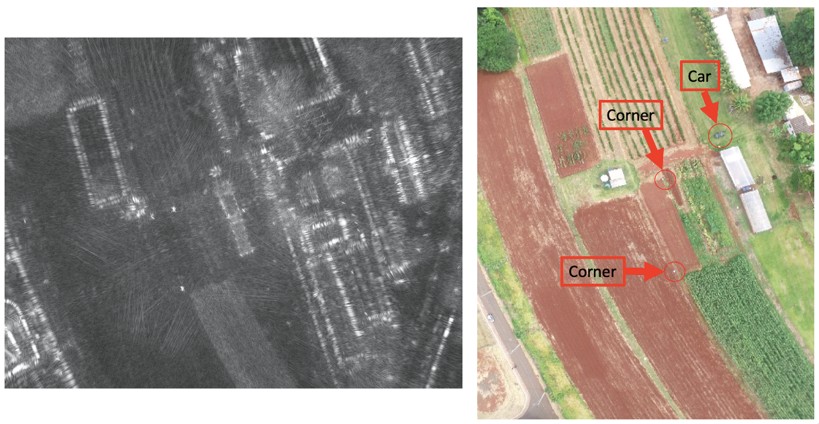
The Forest Keeper RD350 family is designed for the industrial forestry and agricultural markets.
With only 2 operators it is possible to deploy it without requiring prior technical knowledge of radar, neither flight execution nor processing. Data collected during day flights can be processed at night.
For the forest industry, Forest Keeper RD350 determines the volume, DBH (diameter at breast height), forest height, basal area maps and dominant tree heights, in addition to automatically issuing the inventory report. This is a green technology that will significantly increase the productivity of forests and, consequently, will also contribute to CO2equi¹ absorption. In addition to these attributes, Forest Keeper RD350 mitigates the risk of accidents within forests, by optimizing the resources used in the current inventory methodologies.
Figure 2 shows a P-band image, Figure 3 a volume map and Figure 4 a DBH map
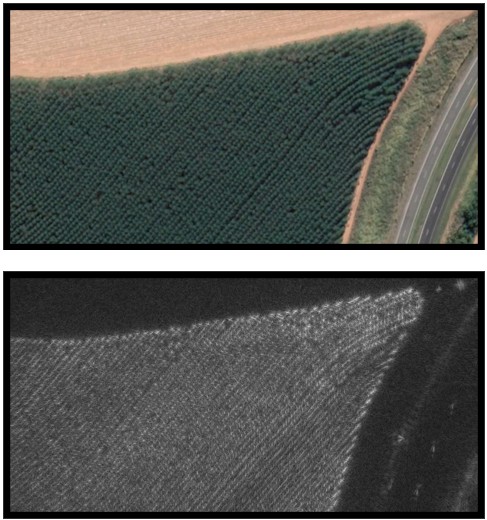
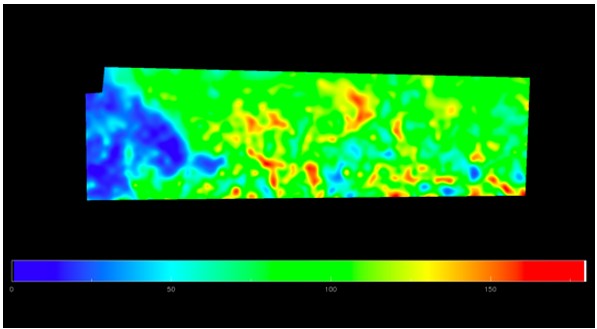
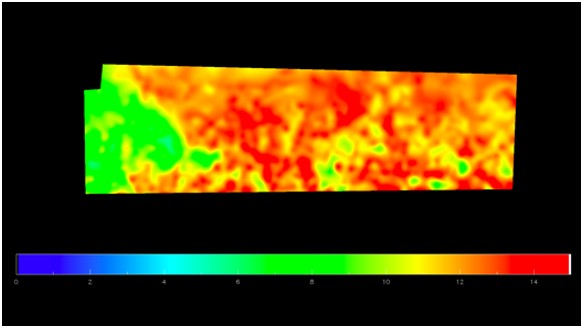
More information at:
www.skydrones.com.br
www.radaz.com.br
Source: Press Release


